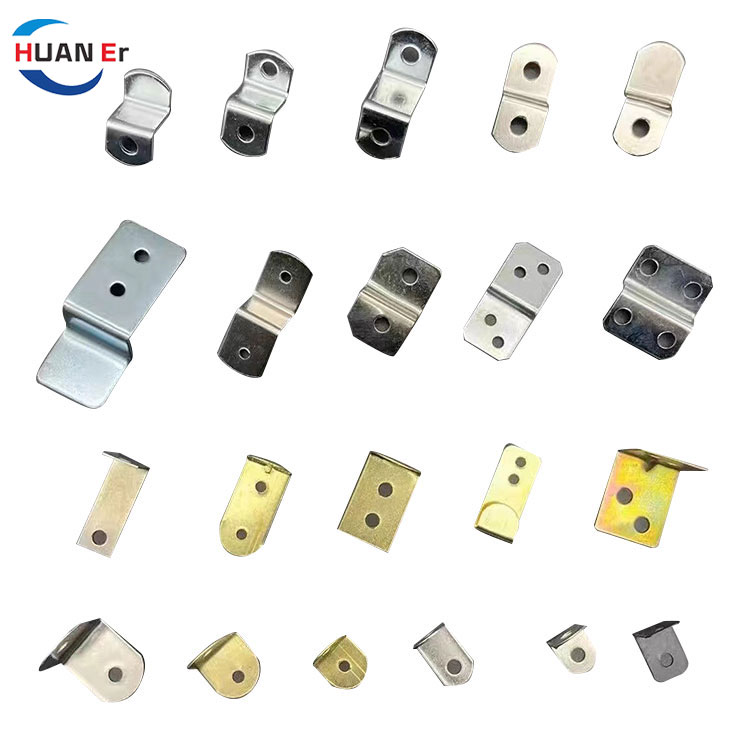Types of Sheet Metal Hooks
2024-05-11
Sheet metal hooks are versatile tools used in various applications, from hanging lightweight items to supporting heavier loads. They're typically made by bending or forming sheet metal into a hook shape, often with additional features like bends, loops, or angles to accommodate specific needs. These hooks can be used in industries such as construction, manufacturing, and home organization. They come in different sizes, shapes, and configurations depending on their intended use. Some common types include:
1. S-Hooks: These hooks resemble the letter "S" and are commonly used for hanging lightweight items such as kitchen utensils, tools, or decorations. They have a simple design with two curves at each end.
2. J-Hooks: J-shaped hooks have a single curve at one end and are typically used for hanging items such as plants, lamps, or cables. They provide a secure hold while allowing easy removal of the hung object.
3. L-Hooks: These hooks have a 90-degree angle, forming an "L" shape. They are often used for hanging items on walls or for supporting shelves or brackets.
4. C-Hooks: C-shaped hooks have a curved shape with an open end, resembling the letter "C." They are commonly used for hanging lightweight items or for attaching tags or labels to merchandise.
5. U-Hooks: U-shaped hooks have a rounded shape resembling the letter "U." They are often used for hanging items such as coats, towels, or bags.
6. Angle Hooks: These hooks have angled ends, allowing them to hang securely on horizontal or vertical surfaces. They are often used in retail displays, storage racks, or organizational systems.
7. Loop Hooks: Loop-shaped hooks feature a closed loop at one end, providing a secure attachment point for hanging items such as keys, tools, or lanyards.
8. Flat Hooks: These hooks have a flat profile and are often used for attaching signage, artwork, or other flat objects to walls or displays.
Sheet metal hooks can be made from various materials such as steel, stainless steel, aluminum, or brass, depending on the required strength and corrosion resistance. They are typically installed by screwing, nailing, welding, or using adhesive depending on the surface and load requirements.



